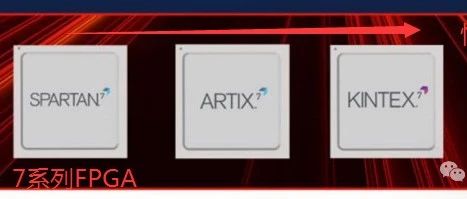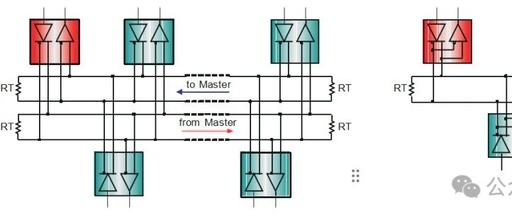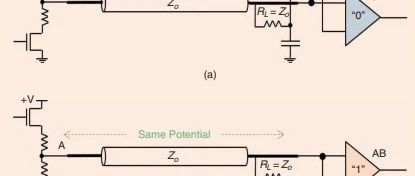What is OSP (Organic Solderability Preservative) Surface Treatment for PCBs? Advantages and Disadvantages? Considerations for PCBA Production?
[OSP (Organic Solderability Preservative) is a chemical method that grows a layer of organic copper complex compound on the surface of copper. This organic film can protect the clean bare copper on the circuit board from rusting (sulfidation or oxidation) in normal storage environments by preventing contact with air, and it can be easily removed … Read more









